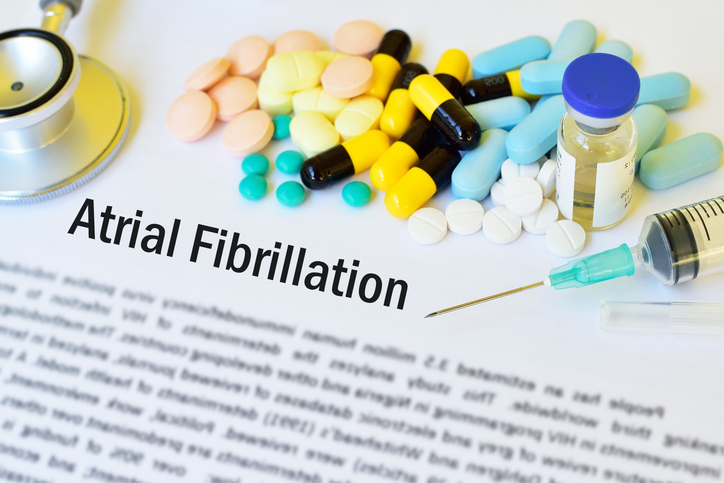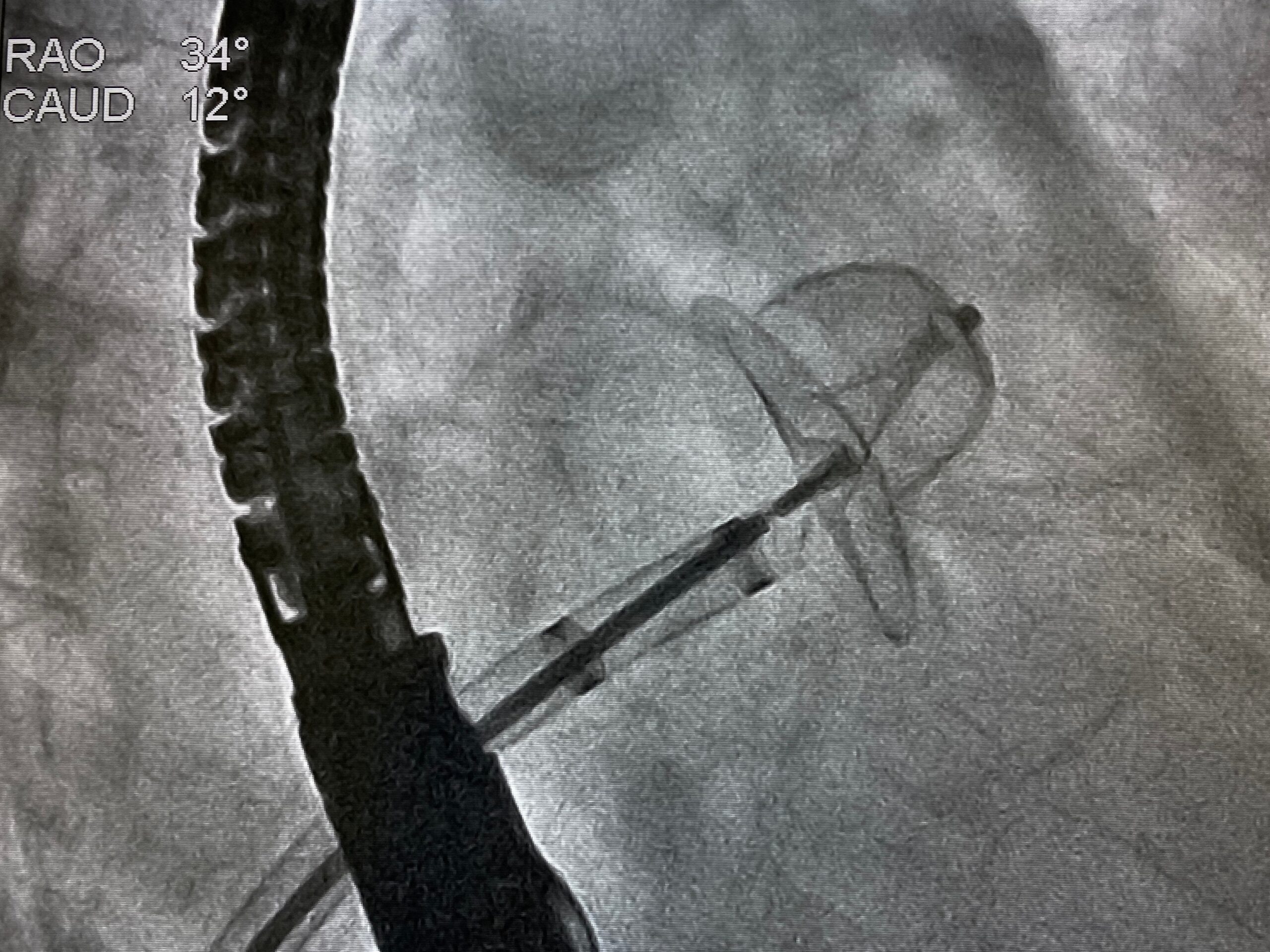
Highlights
- One of few studies to perform a head-to-head safety and efficacy analysis of apixaban and rivaroxaban in adults with atrial fibrillation.
- Data study includes data from more than 80,000 prescribed apixaban and/or rivaroxaban.
- Apixaban users had lower rates of ischemic stroke or embolism, and also lower rates of gastrointestinal bleeding.
A new cohort analysis shows that apixaban prescribed routinely was associated with lower rates of ischemic stroke and lower bleeding in patients with nonvalvular atrial fibrillation when compared with rivaroxaban.
“Apixaban and rivaroxaban are the most commonly prescribed direct oral anticoagulants for adults with atrial fibrillation, but head-to-head data comparing their safety and effectiveness are lacking,” the authors wrote in their abstract, publishing in the Annals of Internal Medicine.
Apixaban may be a safer and more effective than rivaroxaban for preventing #stroke and blood clots in patients with #Afib https://t.co/Oo9B6rqrEQ. pic.twitter.com/LWHVqAgkkJ
— Annals of Int Med (@AnnalsofIM) March 10, 2020
The new-user, active-comparator, retrospective cohort study, with data drawn from a nationwide commercial U.S. database of health care claims from December 2012 to January 2019. The study cohorts consisted of 59,172 patients taking apixaban or 40,706 taking rivaroxaban. The primary study efficacy outcome was a composite of stroke or systemic embolism, with a primary safety outcome of composite intracranial hemorrhage or gastrointestinal bleeding. A total of 39,351 patients newly prescribed to apixaban were propensity score-matched with 39,351 patients prescribed rivaroxaban for the analysis. Mean patient age was 69 years wit 40% women. Mean follow-up was 288 days for new apixaban group and 291 days for the new rivaroxaban group.
Apixaban Wins Out For Stroke
According to the study results, ischemic stroke incidence or systemic embolism was lower in those prescribed apixaban compared with those prescribed rivaroxaban (6.6 per 1,000 person-years vs. 8.0 per 1,000 person-years, respectively; HR=0.82; 95% CI, 0.68 to 0.98). This led to a rate difference of 1.4 fewer events per 1,000 person-years (CI, 0.0 to 2.7). Additionally, those prescribed apixaban had lower rates of gastrointestinal bleeding or intracranial hemorrhage compared to those taking rivaroxaban (12.9 per 1,000 person-years vs. 21.9 per 1,000 person-years; HR=0.58; 95% CI, 0.52 to 0.66), leading to a rate difference of 9.0 fewer events per 1,000 person-years (CI, 6.9 to 11.1).
The researchers cited unmeasured confounding and an incomplete set of lab data as study limitations.
“In routine care, adults with atrial fibrillation prescribed apixaban had a lower rate of both ischemic stroke or systemic embolism and bleeding compared with those prescribed rivaroxaban,” the authors concluded.
Apixaban looks more effective AND safer than rivaroxaban for afib, based on large retrospective cohort by @FralickMike et al.
Stroke/embolism: HR 0.82, 95%CI 0.68-0.98
GI Bleed+ICH: HR 0.58, 95%CI 0.52-0.66 https://t.co/Xoya5JhyCE pic.twitter.com/qS6ooD0Kr3— K Green (@DrKSideGreen) March 10, 2020
Effectiveness and Safety of Apixaban Compared With Rivaroxaban in #AFIB – significantly less stroke and bleeding events with Apixaban vs Rivaroxaban (observational, propensity matched, but large >90K) | Ann Intern Med | ACP | https://t.co/8Qvy2zxrrn
— Hawkins Gay, MD, MPH (@hcg_md) March 10, 2020
Very excited to share our (@mikecolacci @JoshuaJGagne et al.) paper comparing apixaban to rivaroxaban pub'd in @AnnalsofIM suggesting apixaban might be safer and more effective for adults with AFib https://t.co/ej3R2cx4Is cc: @SinaiHealth @UofT_DoM 1/4
— Michael Fralick (@FralickMike) March 10, 2020







 © 2025 Mashup Media, LLC, a Formedics Property. All Rights Reserved.
© 2025 Mashup Media, LLC, a Formedics Property. All Rights Reserved.